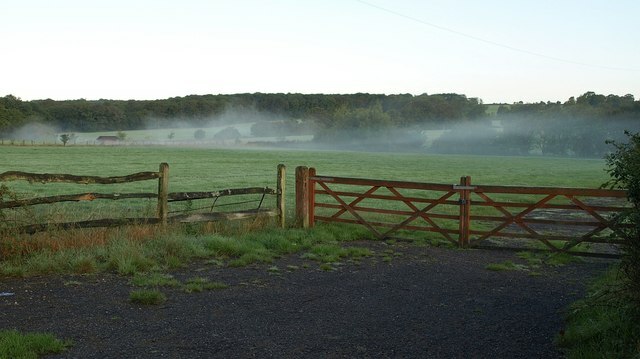Prominent voices including the U.S. Secretary of Agriculture Brooke Rollins have reprimanded the oncoming family farm inheritance tax in the UK.
The Labour government has scheduled the first-time levy for April 2026 to channel back increasing tax exemption claims into public use.
In reaction, secretary Rollins told GB News on May 13, 2025 during her UK visit that the tax is a “problem.”
She foresees farmers selling their properties, forcing the UK to outsource farms abroad to fill the gap.
Echoing President Trump’s “America First” policy, the agriculture secretary recommended putting England’s farmers first for food and national security.
The comments come in the peripheries of a recent agricultural trade deal between Britain and the United States.
Liberals’ View
Inside the UK itself, the Liberal Democrats have voiced concerns about activating the dormant family tax.
The Liberals point that even though the previous Conservative government abandoned farmers, it did not impose agricultural taxes.
They cite that farms have gained value on paper but left some farmers with earnings below the minimum wage.
Furthermore, the proposed 20% levy could underpin currently costly energy, fertilizer and fodder costs amid global warming.
The Liberal Democrats also mirror secretary Rollins’ comments in that farmers may have to sell their land to private equity entities.
Inheritance Tax
Labour fronts the opposite view via plausible explanations on how valuable family farms are taxable.
It all began on October 30, 2024 when the Chancellor said that the Agricultural Exemption Relief (APR) clause will undergo reform.
APR is an exemption from taxation on inheritable land, whereby claimants receive monetary relief upon inheriting land.
Beforehand, an owner of a farm worth £1 million ($1.33 million) could claim 100% APR.
The government now says that such claims benefited 7% of claimants, who received 40% of all inheritance tax exemption payments. These claimants cost the taxpayer some £219 million ($291.2 million), yearly.
To create equitable tax relief for all farmers, the government has henceforth made tax active but still retained APR. For instance, all property below £1 million ($1.33 million) in value will from April 6, 2026 enjoy 100% APR (tax exemption).
Single farmers with land values above £1 million will henceforth attract 20% payable tax, down from the 40% default.
Joint family property worth £3 million ($3.99 million) will enjoy 100% tax exemption or incur 20% tax on values above this limit.
According to the government, the levy targets the 500 most affluent farm estates and extends relief to smallholders. This outlook however has not helped foster likeminded responses, especially on the future of UK’s produce. As such, below statistics examine what family farm tax means for local farmers.
UK Family Farm Tax Statistics
According to DNA Associates, 70% of the United Kingdom’s landmass is under farmland. This makes local farms bigger than the European Union’s average. For this reason, taxation and allowances are a part of land ownership in the UK.
Allowances include up to 100% Agricultural Property Relief (APR) for land inheritance, but which could change from April 2026. Another allowance is the Annual Investment Allowance that reduces the amount taxable on purchases of machinery. By 2016, the allowance had reduced annual taxable machinery purchases to £200,000 ($265.9 million), down from £500,000 ($664.8 million).
How many farms fall under the 2026 inheritance tax?
Family farm or inheritance tax will mostly affect 500 large estates, according to the government. The BBC, however, had in November 2024 suggested as many as 70,000 farms could be affected. This was based on a calculation by the Country Land and Business Association (CLA). The association claimed that where each acre costs £8,000 ($10,636), it would take 125 acres to surpass the £1 million ($1.33 million) taxable property limit. Around 70K farms in England apparently measure over 125 acres apiece.
What are UK’s farmer’s earnings before and after tax?
Because tax undercuts income, it is essential to find out a farmer’s annual revenue before and after levy. According to the UK Tax Calculators, most local farmers have an annual income in the £12,060-29,448 ($16,035-39,154) range. After tax on various fronts from sales to machinery purchases, farmers who earn £12,060 ($16,035) annually reduce their income to £11,652 ($15,493).
